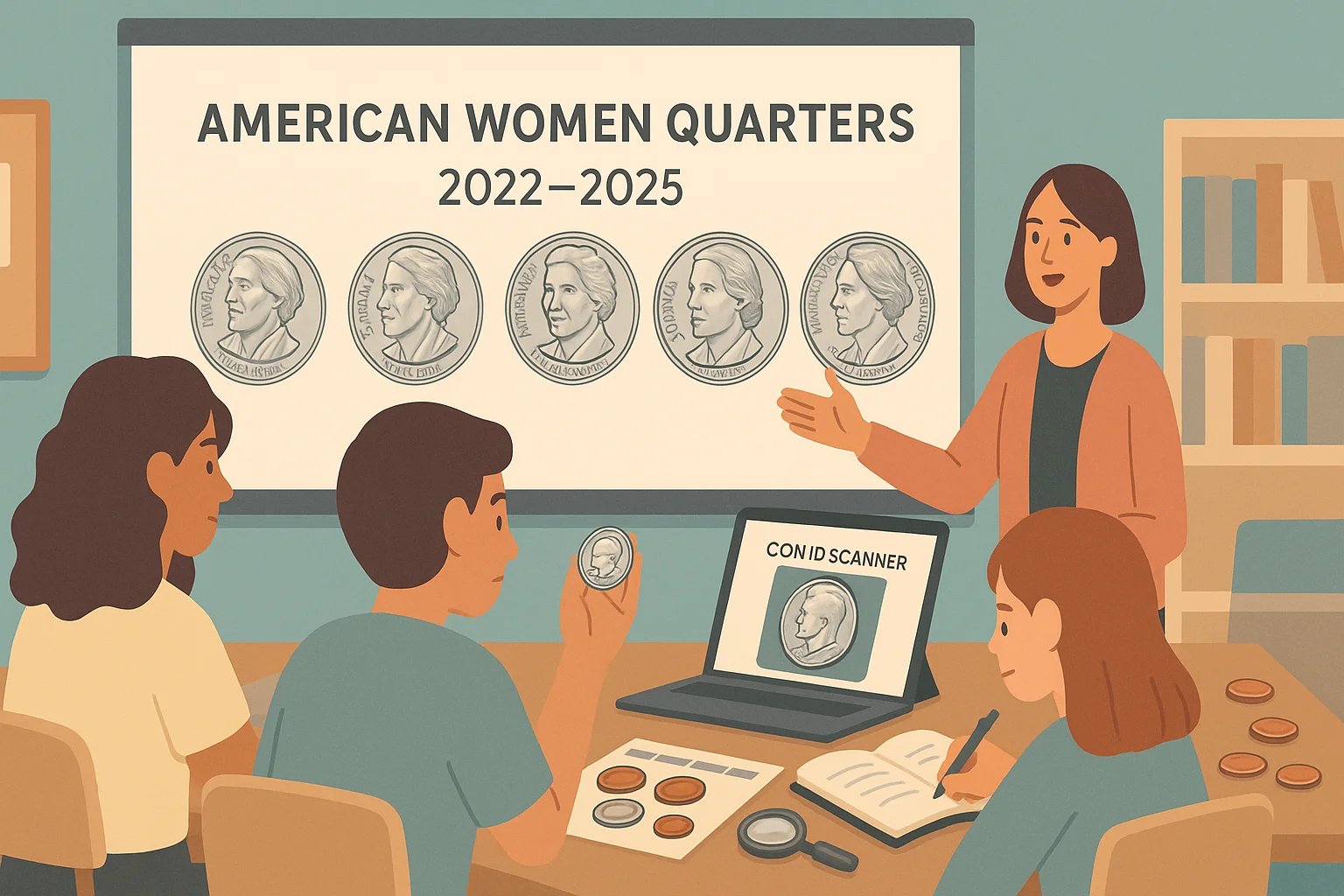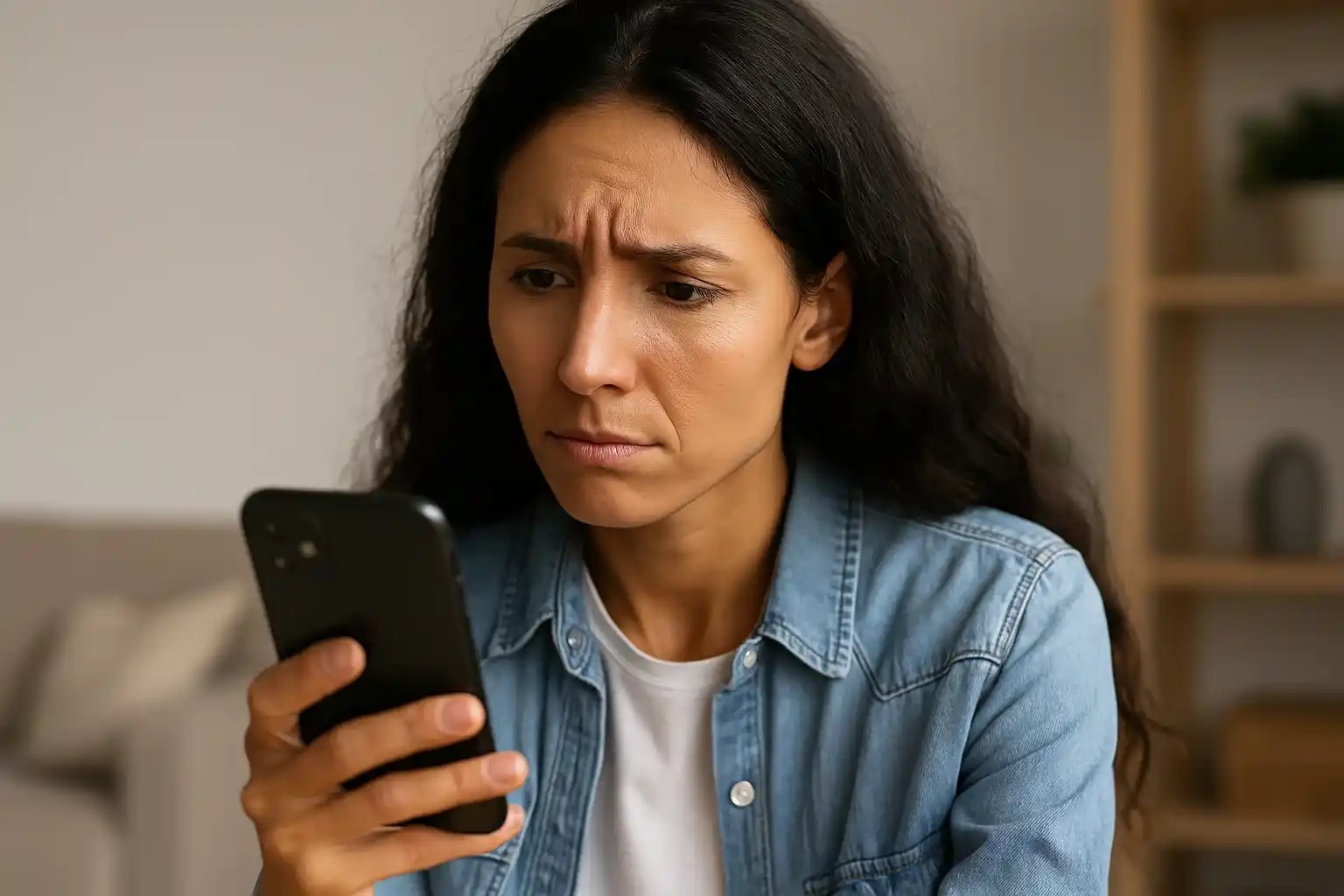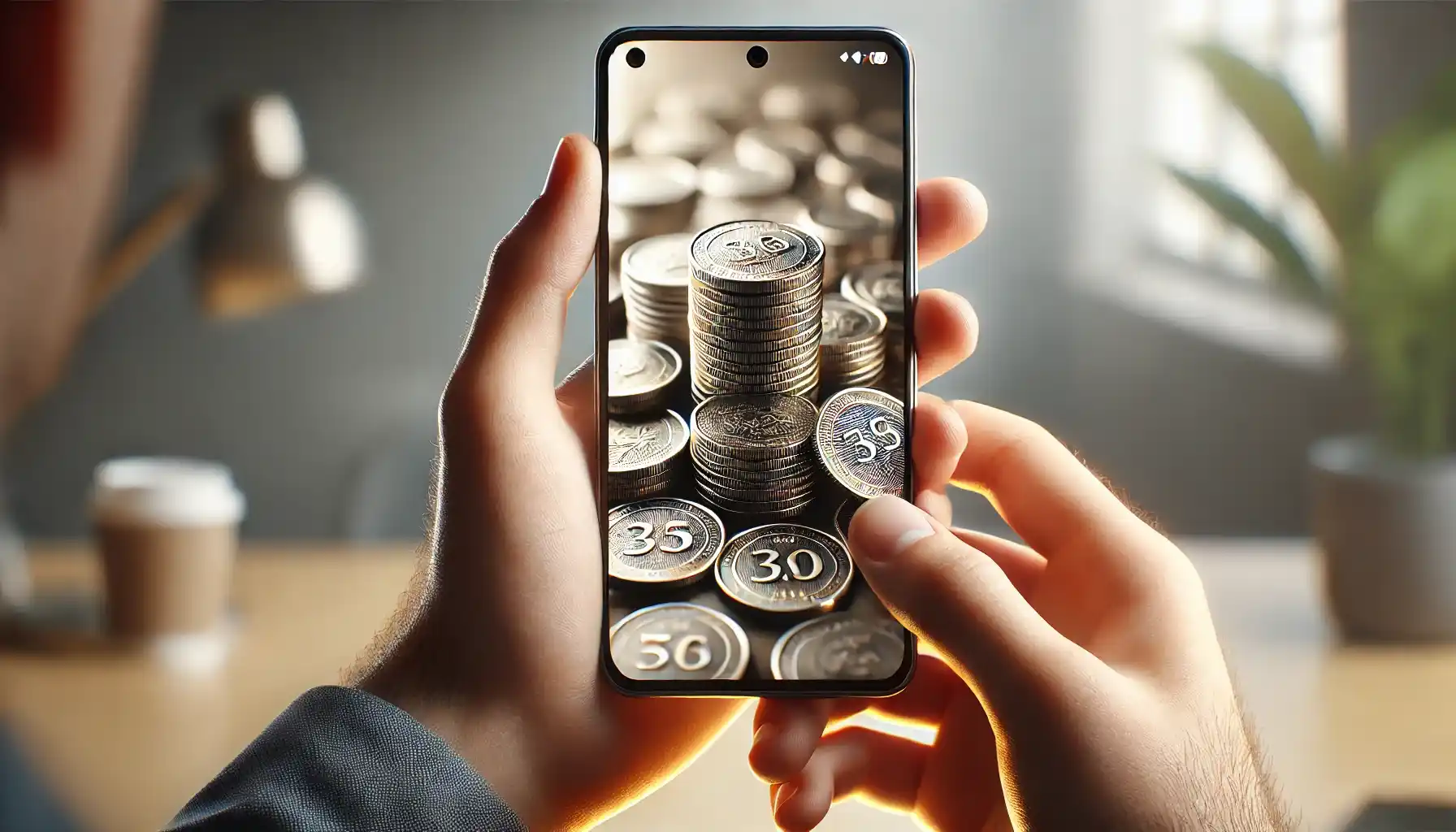Understanding Blockchain Technology
What Exactly is Blockchain?
Picture a digital ledger, like a beautifully bound book, but instead of paper pages, it’s made up of encrypted blocks. Every time someone adds a record, it’s permanently locked in, unchangeable. That’s the magic of blockchain. Think of it as a tamper-proof diary—one that anyone can check but no one can secretly rewrite.
At its core, blockchain is decentralized. There’s no single librarian or gatekeeper; instead, copies of this “ledger” exist on countless systems around the world. This eliminates the risk of dirty dealings or single points of failure.
For beginners, here’s the gist:
- A “block” = a digital record.
- A “chain” = these records linked together chronologically and securely.
- Decentralization = no one controls the whole thing.
Why It Feels Revolutionary
Imagine buying a rare coin and tracing its journey from mint to market without relying on anyone’s word. Thanks to blockchain, every step—ownership, transactions, certifications—is recorded transparently. No forgeries. No shady histories. Just pure trust, built on the strongest foundation of all: math and technology.
This isn’t just innovation; it’s a seismic shift in how we perceive authenticity, permanence, and control.
Blockchain’s Impact on Coin Authentication and Provenance
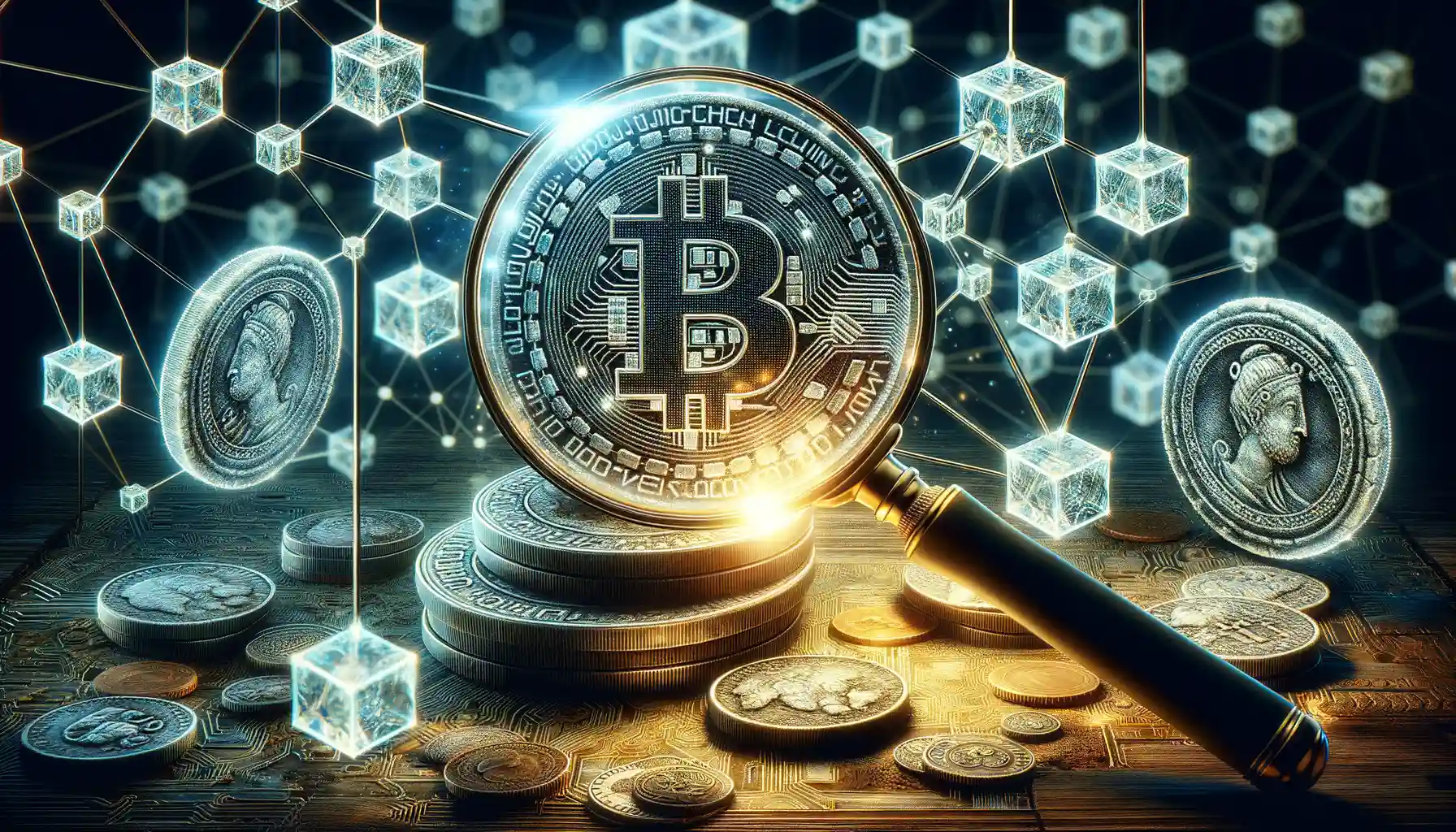
Revolutionizing How We Authenticate Coins
Imagine holding a stunning gold coin in your palm, its intricate designs whispering tales of ancient civilizations. But how can you be absolutely certain it’s genuine? This is where blockchain technology swoops in like a hero from the future. Unlike traditional authentication methods that often rely on certificates or expert opinions, blockchain offers an unhackable digital ledger to verify a coin’s authenticity.
With blockchain, each coin can have its own unique “digital passport.” This includes details like:
- The mint date and origin of the coin
- The chain of ownership over time
- Proof of certification from trusted authorities
All of this is securely stored and can’t be altered without leaving a trace—an iron-clad safeguard against forgery.
Tracing Provenance with Unparalleled Precision
Provenance has always been a fascinating yet murky aspect of coin collecting. Where has this coin journeyed? Who treasured it before you? Blockchain not only answers these questions but also brings a kind of detective-story intrigue to the process. Picture this: one digital scan reveals that your rare silver drachma once belonged to an 18th-century royal collection!
This transparency fosters trust—and trust is everything in the world of numismatics. With blockchain, the days of guesswork are over. Every coin’s history becomes a story written in indelible code.
Enhancing Transparency and Trust in Numismatics
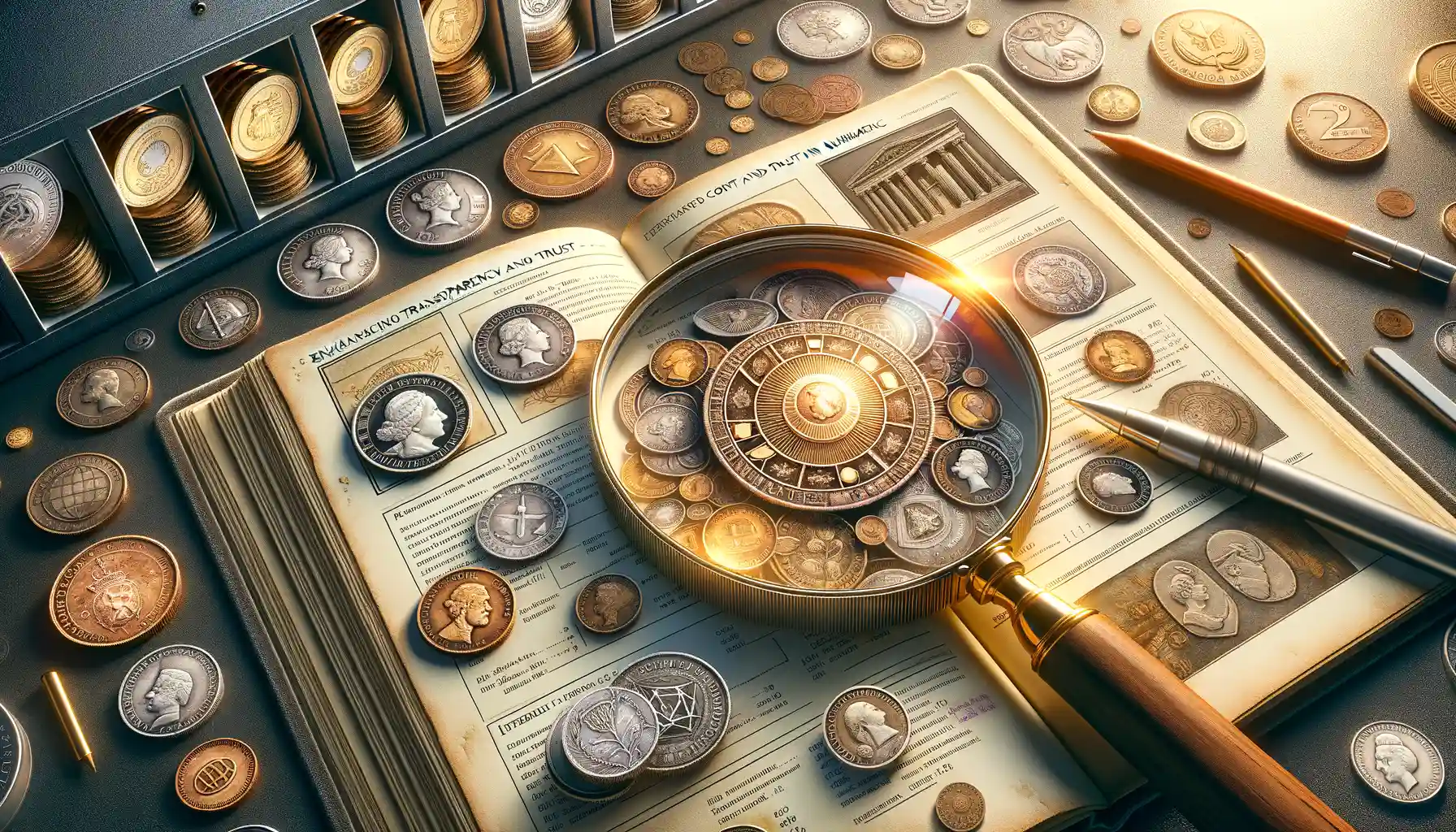
Building a Foundation for Collector Confidence
Imagine holding a rare 18th-century coin in your hand. It glimmers with history, but how can you be absolutely sure it’s authentic? This is where blockchain swoops in like a superhero for the numismatic world. At its core, blockchain creates an unchangeable record—think of it as a digital DNA for every coin that passes through its ledger.
For collectors, trust is everything. Whether you’re buying a Roman denarius or a commemorative coin from last year, you want peace of mind. Blockchain doesn’t just whisper, “Trust me”; it practically shouts, “Here’s the proof!” With every transaction and certification logged transparently, counterfeit coins lose their foothold in the market.
- Track a coin’s origin, from minting to every hand it has passed through.
- Verify certifications issued by reputable authorities.
- Ensure that valuations are based on facts, not guesswork.
Look at it this way: collectors no longer have to play detective or rely on anecdotes. Blockchain offers clarity in a field often clouded by uncertainty, making the joy of collecting shine brighter than ever before.
Erasing Hidden Layers in Trades
Let’s be real—artifacts like coins carry stories, but human dealings around them can sometimes feel murky. Blockchain slices right through this fog, bringing transactions into the light. No more shady backroom deals or hidden fees. Every coin sold, traded, or auctioned can now come with a digital paper trail, available for anyone to check.
This isn’t just tech-for-tech’s-sake; it changes lives. A new collector won’t get burned buying a fake or overpriced piece. An experienced dealer can expand their reputation, showing off a verified transaction history. And let’s not forget museums—preserving our shared heritage becomes more meaningful when every artifact has a documented, tamper-proof pedigree.
Blockchain doesn’t make trust optional—it makes it inevitable.
Decentralized Marketplaces for Collectors
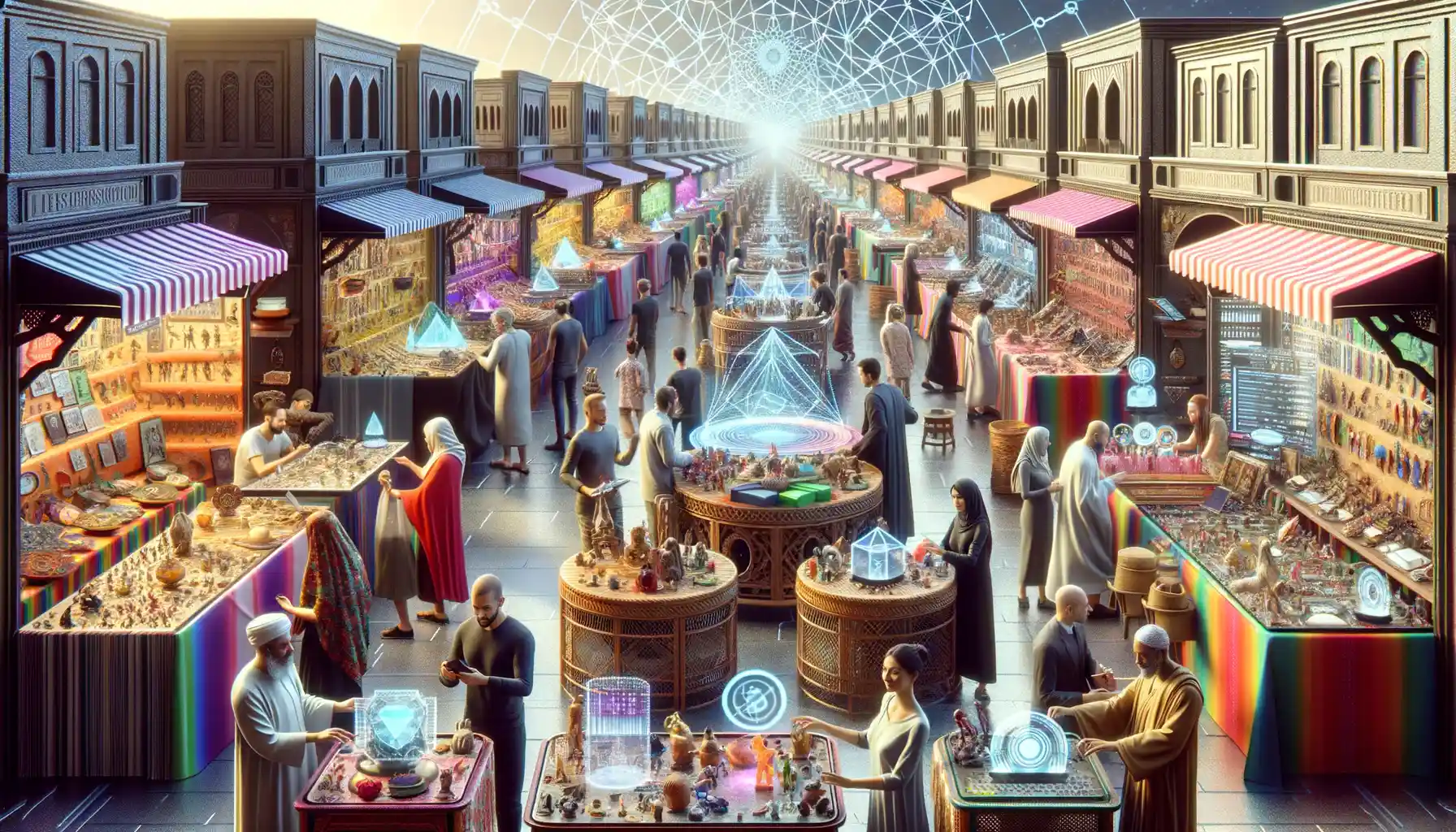
Revolutionizing How Collectors Connect
Imagine a bustling marketplace where every deal is fair, every item’s history is crystal-clear, and there’s no middleman dipping into your pocket. That’s precisely what decentralized marketplaces powered by blockchain bring to the world of numismatics. These platforms let collectors, like you, trade rare coins directly with complete trust—no auction house required!
Think about it: You’re eyeing a rare silver denarius from ancient Rome but hesitate because of its authenticity. With a blockchain-enabled marketplace, you can trace its journey from the excavation site to your hands. The coin’s unique digital fingerprint reassures you it’s the real deal. Goodbye, counterfeit fears!
- Direct Transactions: Trade coins anytime, anywhere—peer-to-peer, no intermediaries siphoning fees.
- Immutable Records: The blockchain’s unchangeable ledger ensures each coin’s provenance is 100% verifiable.
- Global Access: Connect with enthusiasts across continents, opening up collections you’d never encounter in traditional marketplaces.
For collectors, these decentralized hubs are like treasure troves—one click away from discovering or selling hidden gems. A numismatic utopia? It’s closer than you think!
The Joy of Seamlessly Trading Coins
Picture this: A collector in Tokyo admires your 19th-century Liberty Head gold coin listed on a decentralized platform. In minutes, payment is made with cryptocurrency, and the transaction is forever stored on the blockchain. No delays, no haggling over hidden fees.
Embrace this digital transformation, where the marketplace works for collectors, not corporations. Isn’t it time your collection traded on your terms?
Future Prospects of Blockchain in Numismatic Trading

The Dawn of a Digital Renaissance in Collecting
Imagine a world where every coin tells an unbroken story — a tale preserved forever on an immutable ledger. That’s what the marriage of blockchain and numismatics promises: a future where collectors are no longer plagued by doubts about authenticity or shadowy gaps in provenance. It’s not science fiction; it’s happening now.
Blockchain’s potential stretches far beyond today’s innovations, reshaping how collectors buy, sell, and safeguard their treasures. Picture this: you’re eyeing a rare, century-old gold coin. Before, you’d cross your fingers that the seller wasn’t spinning tales. But with blockchain? You’ll have every detail — from its minting to modern-day ownership — at your fingertips, stored immutably.
And here’s the kicker: the rise of blockchain-powered auctions. Visualize bidding on a prized artifact in Tokyo from your cozy armchair in Paris, confident in its verified history.
The future isn’t just bright for numismatics; it’s downright dazzling. Blockchain is more than a tool — it’s a revolution sparking fresh possibilities for collectors everywhere.



